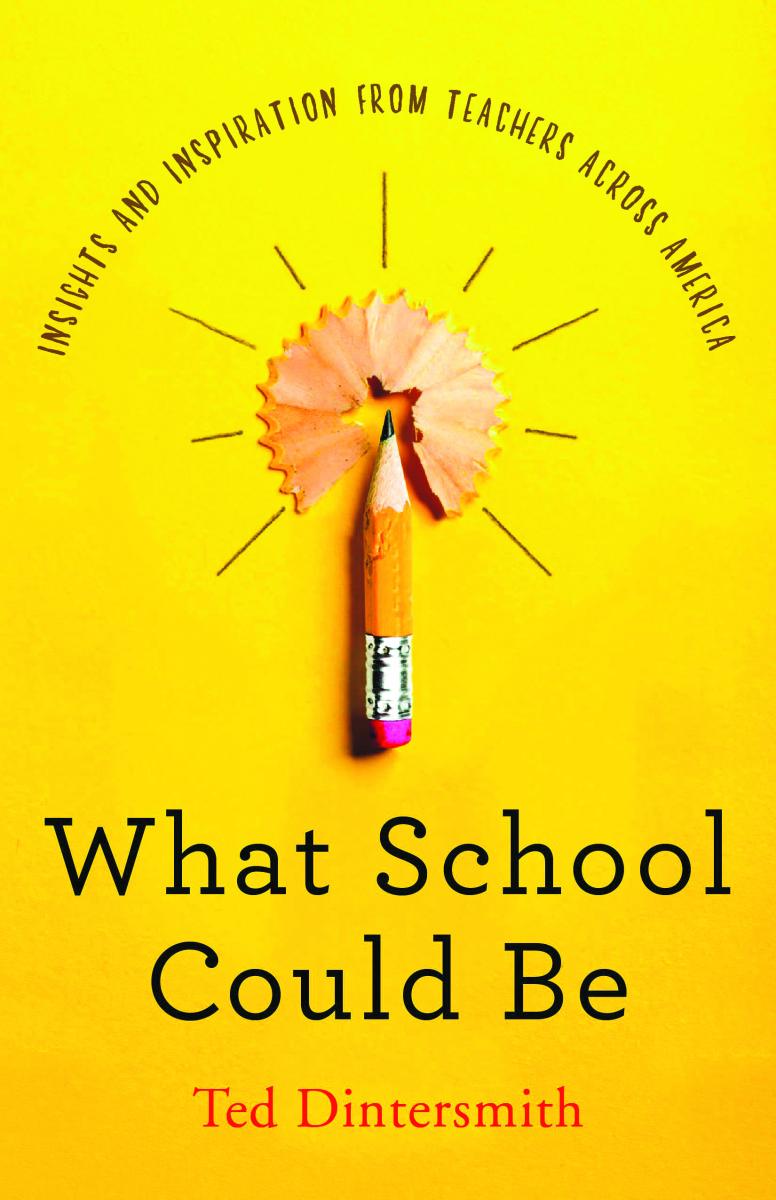Principal’s Bookshelf: School Smorgasbord
New book finds educators exploring out-of-the-box ideas across the country.
 New book finds educators exploring out-of-the-box ideas across the country.
New book finds educators exploring out-of-the-box ideas across the country.
By Julie Bloss
Principal, September/October 2018. Volume 98, Number 1.
What School Could Be: Insights and Inspiration From Teachers Across America (Princeton University Press, Princeton and Oxford, 2018) takes the reader on a journey to visit a variety of educational institutions—public, private, and charter—in search of successful, nontraditional learning opportunities being offered in all 50 states.
After setting off to visit the states and confirm the theory that traditional educational offerings are outdated, author Ted Dintersmith was surprised to find a number of creative strategies. Courageous educational pioneers, he writes, are paving their own way amid the pressures of standardized testing.
The book begins by explaining how most educational systems are based upon an archaic model that no longer meets the needs of today’s learners. A historical section about standardized testing and how it became such a powerful component in determining student and school success is eye-opening. The author encourages educators and parents alike to prioritize “what is important for students to learn, not what is simple to test.”
Chapter Overviews
The book is divided into 10 chapters:
- Conventional Schools and Their Contexts: The school system (K–12 and college) that most Americans attend now is based upon a 100-year-old model.
- Real Gold Amid Fool’s Gold: Sneak a visit into classrooms where students love school and drive their own learning.
- Prepared for What: Determining who should make decisions and priorities for a school and its students.
- Ivory Tower: Why the current college model is ineffective, and college instructors who are leading innovation.
- Letting Go: Determining, as a parent, how to allow a child to make his or her own decisions, recover from failures, and find success.
- Social Equity: A reaffirmation of how equal education means getting what’s needed to be successful.
- Human Potential: Discussing the often used ranking system of student potential.
- Doing (Obsolete) Things Better: “For decades, U.S. education policy has centered on trying to eke out improvement from an antiquated model.”
- Doing Better Things: Educators who realize that our schools need to “do better things,” not “do obsolete things better.”
- It Takes a Village: Communities that celebrate the successes of their learners.
Being a rural principal from Oklahoma, I couldn’t wait to find a reference to my state, and What School Could Be delivered. During the author’s year-long journey, he visited many native communities, and in Chapter 6: Social Equity, Dintersmith notes that Native American students tend to perform poorly on standardized tests and often become a state’s “poorest-
performing subsegment.” But in visiting states such as Alaska, Arizona, the Dakotas, Hawaii, Kansas, and Oklahoma, the author found Native American students excelled at “collaborating, creative problem-solving, and hands-on learning.”
“Why do our Native American students score poorly?” Dintersmith asks. “Is it lack of knowledge? Are scores impacted by culture, upbringing, and interests? Is the problem the kids, or is the problem the tests?”
While reading this chapter, I was impacted by statistics indicating that Oklahoma, where 20 percent of students are of native descent, does a good job in reflecting that diversity in its educators (comprising 50 superintendents, 128 principals, 110 counselors, and more than 3,500 teachers). Many of our schools offer Native American languages as foreign language options.
Nationwide, however, the author says, schools and colleges aren’t doing enough to give students place-based and culture-based learning that’s aligned with 21st century opportunities. The challenge is: How can we provide an education that prepares students to solve real-life problems, as opposed to preparing them for an achievement test?
As I read What School Could Be, I thought about a recent visit to a buffet-
style restaurant. I like to go to these restaurants because I like to sample a variety of foods that I might not cook at home or haven’t tried before. The book offers similar variety: I enjoyed it and sampling little bits of ideas and programs from our nation’s smorgasbord.
There were items I would have liked more information about—a second helping, if you will. I wish the author had included contact information about the programs and teachers in the book’s index, so that educators like me could reach out for more details.
To continue the metaphor, a well-
balanced diet means eating a variety of foods. A well-balanced school can be thought of in the same way: As educators, we should have an insatiable appetite to meet the needs of our learners. This guide provides multiple examples of project-based learning, curricula, activities, and community collaboration.
Pick up a copy of What School Could Be and enjoy a heaping helping!
Julie Bloss is principal of Grove Early Childhood Center in Grove, Oklahoma.
Copyright © National Association of Elementary School Principals. No part of the articles in NAESP magazines, newsletters, or website may be reproduced in any medium without the permission of the National Association of Elementary School Principals. For more information, view NAESP’s reprint policy.

